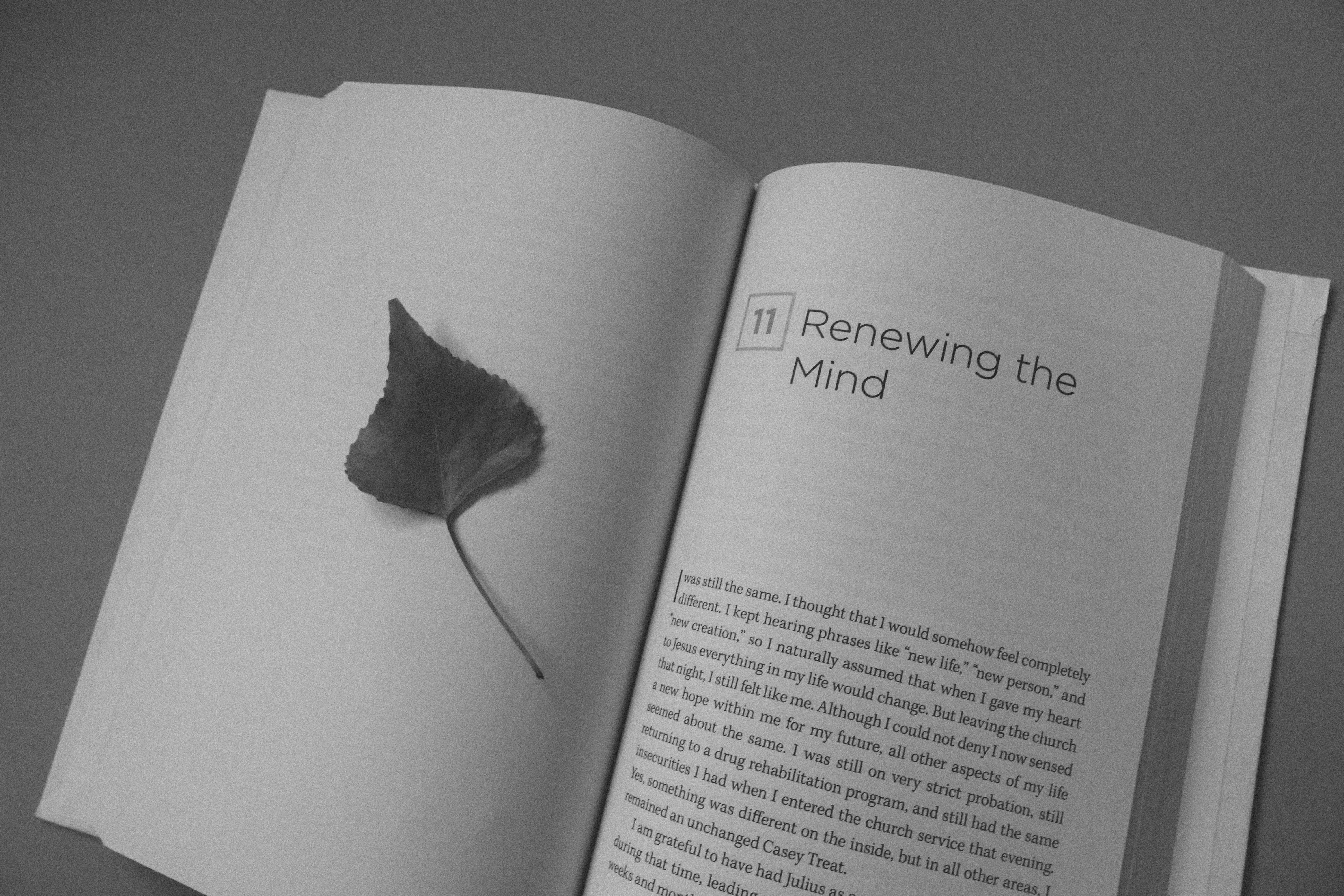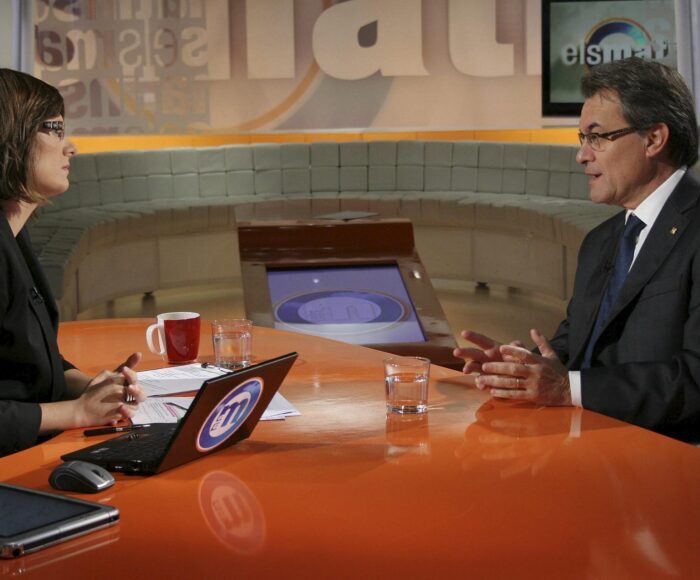In-studio interviews present exciting opportunities for business executives. They can showcase thought leadership, they can highlight your firm’s competitive differentiators, and they can stand as an impressive and valuable piece of marketing collateral.
But how do you conduct a successful interview?
We’ve compiled some of our most proven tactics and tips for ensuring you ace your on-camera appearance.
For a phone interview with a reporter who is writing a print story, we also recommend our post “How to talk to a reporter — Press interview tips”.
Here is a selection of “best practices” for in-studio interviews:
YOUR PRIMARY MISSION IS TO DELIVER MESSAGES
Like all interviews, an in-studio interview is, above all, a platform for message delivery. It is essential that you walk into an in-studio interview knowing what your messages are. You should also be prepared to substantiate or validate your messages with “proof points” in the form of data, case studies or anecdotes.
Messages generally fall into two categories: messages about market conditions, and messages about your company. You can establish a nice degree of thought leadership by mentioning messages and proof points relating to the market environment. But you also want to deliver messages and proof points about your firm to demonstrate that your company is ideally suited to address the particular challenges and issues facing your industry.
In shaping and determining your actual messages and proof points, get help from members of your senior team.
Your clothes may look great, your hair may look great, and your voice may sound wise and authoritative. But if you haven’t effectively delivered at least two or three key messages, your interview wasn’t a success.
SCOPE OUT THE QUESTIONS — AND THE REPORTER — IN ADVANCE
For a conventional business interview, the producer or the reporter can be expected to give you questions in advance, or at least advise you of the topics they plan to cover.
They’re not out to get you. They want the interview to go well just as much as you do. This is not a “60 Minutes”-style investigative milieu; there’ll rarely be any surprise or “gotcha” questions.
Similarly, try to check out other interviews that have been conducted by this reporter. You can learn their style. Also, look over their bios. That will strengthen your interpersonal connection with the reporter, and may conceivably reveal a personal detail worth inserting into one of your answers.
Since you are very likely to have the questions and topics in hand prior to the interview, it would also be useful — to the extent practical — to update yourself on data points that quantify the issues and trends under discussion.
In the same vein, you should keep up with the news right up to the point of the interview. That can help you in two ways: first, you can bring up this “new news” as part of your answer, if appropriate. Second, you won’t be surprised or caught off guard if the interviewer decides to mention the “new news.”
MAKE TIME TO REHEARSE
Zoom meetings have been widely integrated into office culture, and this has proven beneficial for in-studio interviewees. The Zoom experience has made executives mindful — to some degree — of how they look as they are speaking. This is good practice for live TV interviews.
If at all possible, prepare for your interview by rehearsing and practicing your messages and proof points. Record yourself, and then watch yourself and evaluate yourself. Ask a colleague or trusted partner to watch the recording and give you candid feedback.
PROJECT A PROPER PHYSICAL PRESENCE
While the supreme measure of interview success will be judged by your ability to deliver on-point messages and proof points, your physical appearance can also affect how well your interview goes.
Some tips:
- Wear conservative business attire
- Maintain a straight posture and keep movements to a minimum
- Establish eye contact with the interviewer during the interview
- Keep hands unlocked and — unless you are gesturing — keep your hands on your lap or loosely within one another in your lap
- Avoid crossing your arms or putting your hands in your pockets
- Don’t wear stripes or other patterns, which they can create an odd optical effect called a “moire” pattern, where competing patterns battle with each other for visual dominance
And ask the production staff, “How do I look?” They want you to look good, too.
SPEAK SLOWLY AND THOUGHTFULLY
As noted in the March 10 Fifth Avenue Brands blog, talking too fast can make it hard for the reporter to follow what you’re saying. It can also make you appear less confident. The solution is to take a deep breath just before beginning each answer. This gives your voice more power. It also forces you to slow down and allows you to be more articulate.
FIRST-TIMERS SHOULD PLAY IT STRAIGHT
Even within the rigid confines of a studio interview, we may still feel tempted to be spontaneous, to use humor or irony, to be informal, or to be a conversational risk-taker.
But don’t do it. Unless you have four or five successful interviews under your belt, you must resist this temptation. Play it straight in the early going, and don’t take chances.




